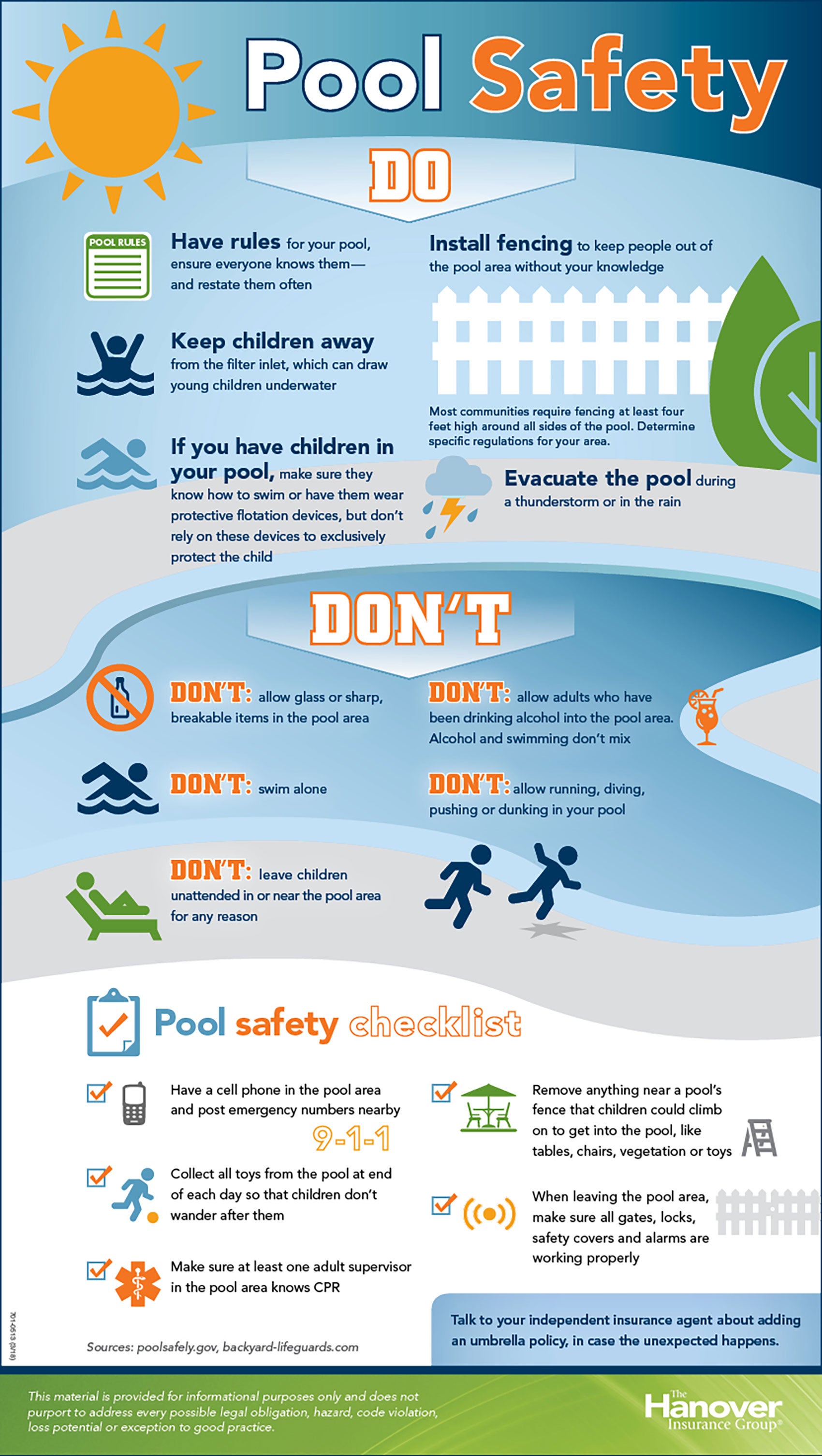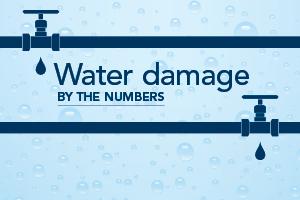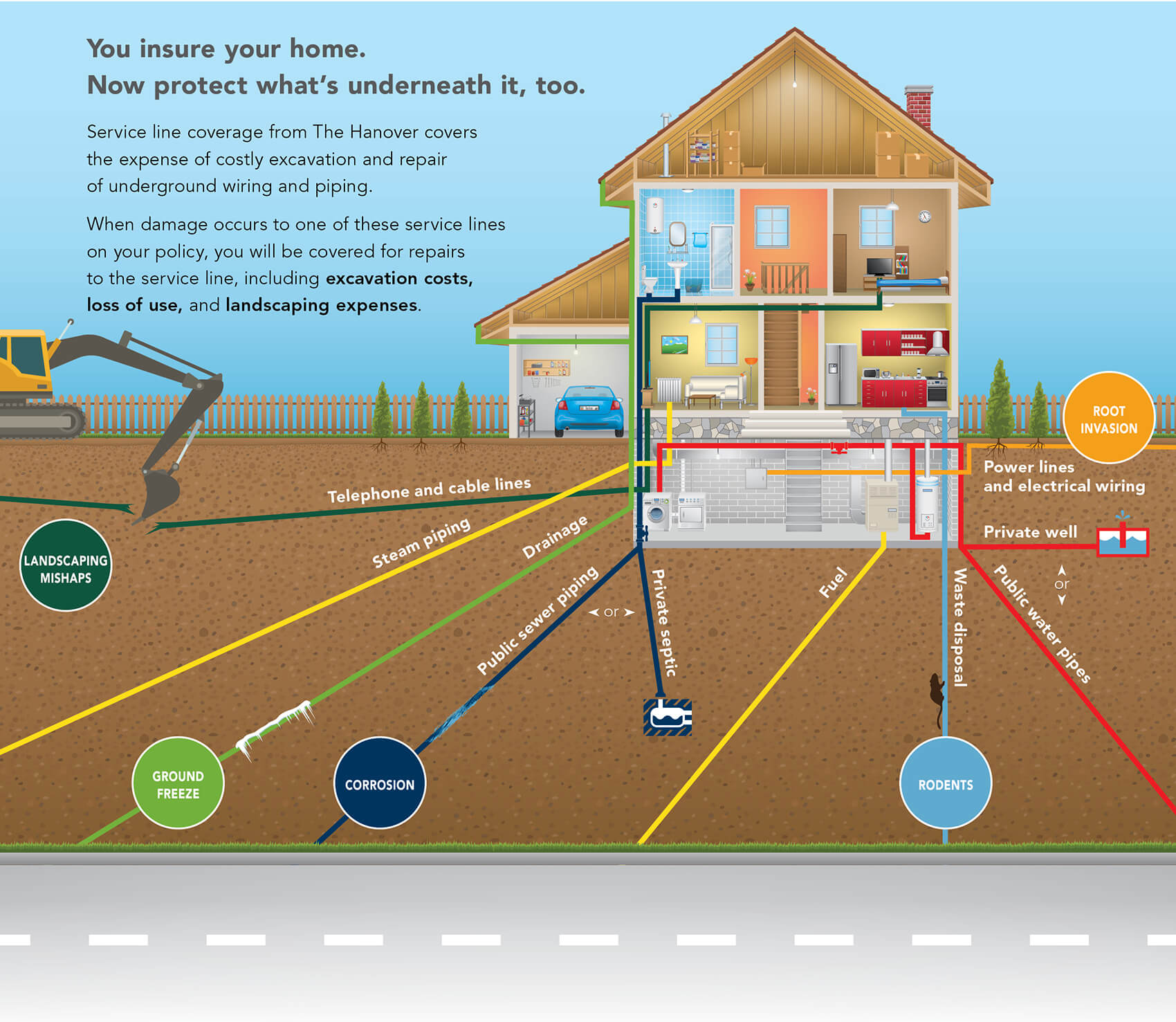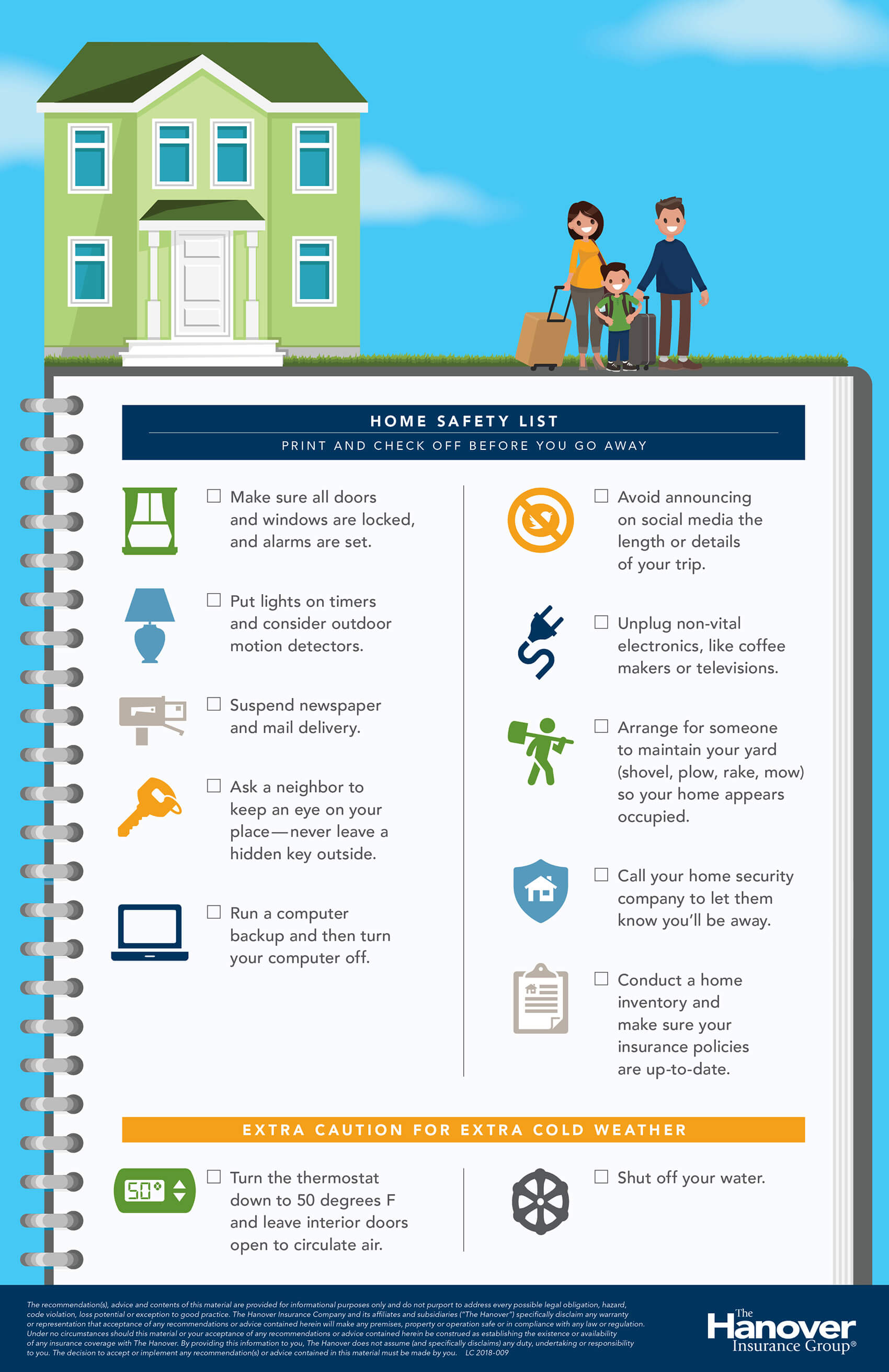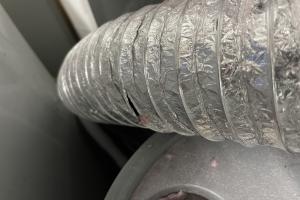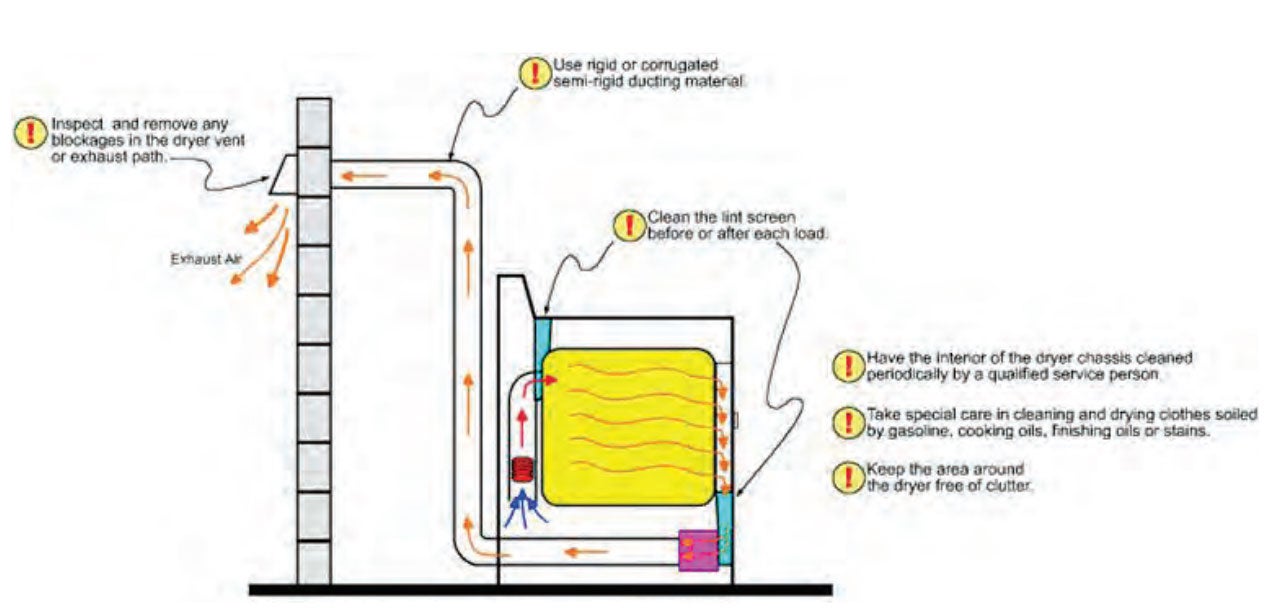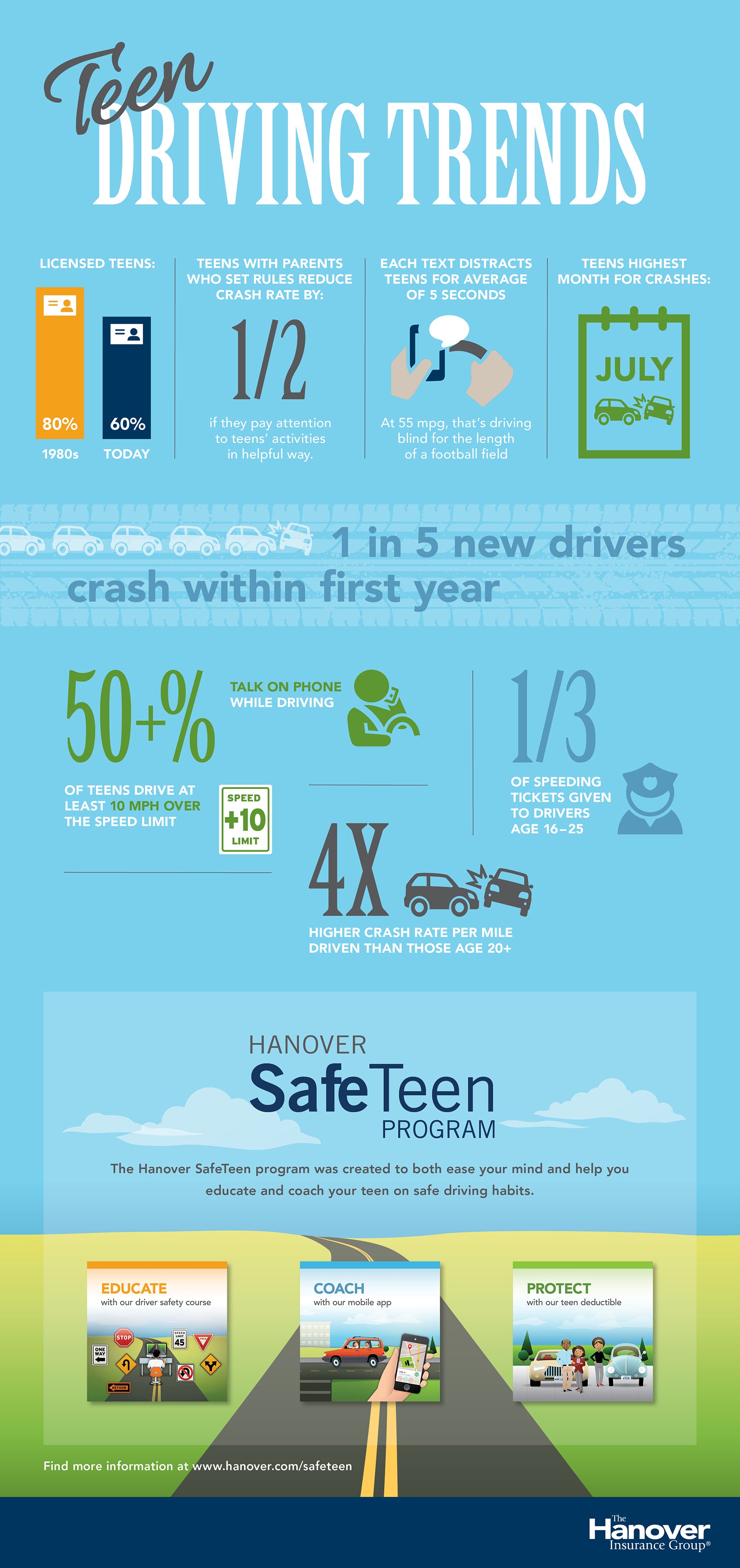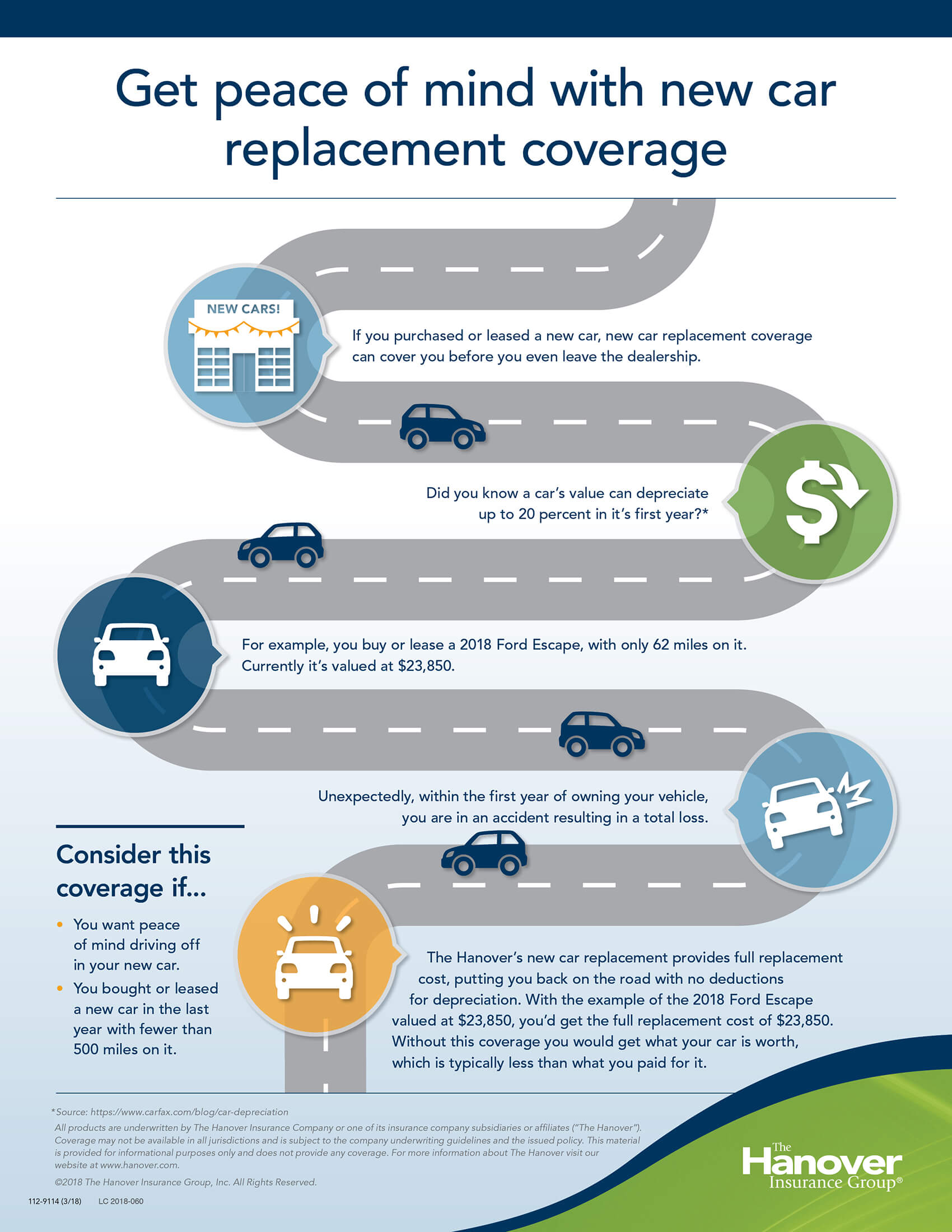Benefits of working with independent insurance agents
The Hanover sells policies exclusively through independent insurance agents and has done so for more than 165 years. We believe agents help tailor the best combination of coverage, value and price for individuals, families and businesses.
References:
- 2018 Agency Universe Study Management Summary, Independent Insurance Agents & Brokers of America.
- Voice assistants cannot answers all of your questions, Forrester, 2019.
- 2018 Agency Universe Study Management Summary, Independent Insurance Agents & Brokers of America.
- U.S. Insurance Shopping 2016 Study, J.D. Power.
- 2018 Small Business Report, Forbes Insights and The Hanover Insurance Group.
- Loyal insurance agents drive sales, Forrester, 2016.
- 2019 Small Business Report, Forbes Insights and The Hanover Insurance Group.
- Loyal insurance agents drive sales, Forrester, 2016.
- OnePoll survey data on behalf of The Hanover Insurance Group, June 2021.
Benefits of working with independent insurance agents
The Hanover sells policies exclusively through independent insurance agents and has done so for more than 165 years. We believe agents help tailor the best combination of coverage, value and price for individuals, families and businesses.
References:
- 2018 Agency Universe Study Management Summary, Independent Insurance Agents & Brokers of America.
- Voice assistants cannot answers all of your questions, Forrester, 2019.
- 2018 Agency Universe Study Management Summary, Independent Insurance Agents & Brokers of America.
- U.S. Insurance Shopping 2016 Study, J.D. Power.
- 2018 Small Business Report, Forbes Insights and The Hanover Insurance Group.
- Loyal insurance agents drive sales, Forrester, 2016.
- 2019 Small Business Report, Forbes Insights and The Hanover Insurance Group.
- Loyal insurance agents drive sales, Forrester, 2016.
- OnePoll survey data on behalf of The Hanover Insurance Group, June 2021.
Benefits of working with independent insurance agents

The Hanover sells policies exclusively through independent insurance agents and has done so for more than 165 years. We believe agents help tailor the best combination of coverage, value and price for individuals, families and businesses.
References:
- 2018 Agency Universe Study Management Summary, Independent Insurance Agents & Brokers of America.
- Voice assistants cannot answers all of your questions, Forrester, 2019.
- 2018 Agency Universe Study Management Summary, Independent Insurance Agents & Brokers of America.
- U.S. Insurance Shopping 2016 Study, J.D. Power.
- 2018 Small Business Report, Forbes Insights and The Hanover Insurance Group.
- Loyal insurance agents drive sales, Forrester, 2016.
- 2019 Small Business Report, Forbes Insights and The Hanover Insurance Group.
- Loyal insurance agents drive sales, Forrester, 2016.
- OnePoll survey data on behalf of The Hanover Insurance Group, June 2021.
- Transcript
Independent agents make insurance better by:
Offering choice, working with 7-9 insurance carriers.' Options ensure you'll receive the best combination of
- Convenience
- Coverage
- Price
- Value
Answering your questions better than intelligent voice agents, such as Alexa and Siri, that only answer 35% of voice search questions.
Leveraging technology to offer electronic communications, e-signature, online researching and more - 52% of agencies offer "paperless" options.
Explaining coverages, deductibles and premiums - 2/3 of those who research decide to buy their coverage from an agent.
Helping ensure you don't become a statistic
- 60% of homeowner are underinsured.
- 63% of small business owners do not feel they have adequate insurance protection.
Helping prevent claims - 64% of small business owners report their local agent discussed risk management services with them.
Enabling account solutions with 1 carrier, bill and effective date for all your insurance needs
Plus, they:
- Represent your interests
- Do the research for you
- Understand risks within your local market
- Work on your behalf should you have a claim
- Drive the local economy as employers, tax payers and charitable donors
Benefits of working with independent insurance agents

The Hanover sells policies exclusively through independent insurance agents and has done so for more than 165 years. We believe agents help tailor the best combination of coverage, value and price for individuals, families and businesses.
References:
- 2018 Agency Universe Study Management Summary, Independent Insurance Agents & Brokers of America.
- Voice assistants cannot answers all of your questions, Forrester, 2019.
- 2018 Agency Universe Study Management Summary, Independent Insurance Agents & Brokers of America.
- U.S. Insurance Shopping 2016 Study, J.D. Power.
- 2018 Small Business Report, Forbes Insights and The Hanover Insurance Group.
- Loyal insurance agents drive sales, Forrester, 2016.
- 2019 Small Business Report, Forbes Insights and The Hanover Insurance Group.
- Loyal insurance agents drive sales, Forrester, 2016.
- OnePoll survey data on behalf of The Hanover Insurance Group, June 2021.



